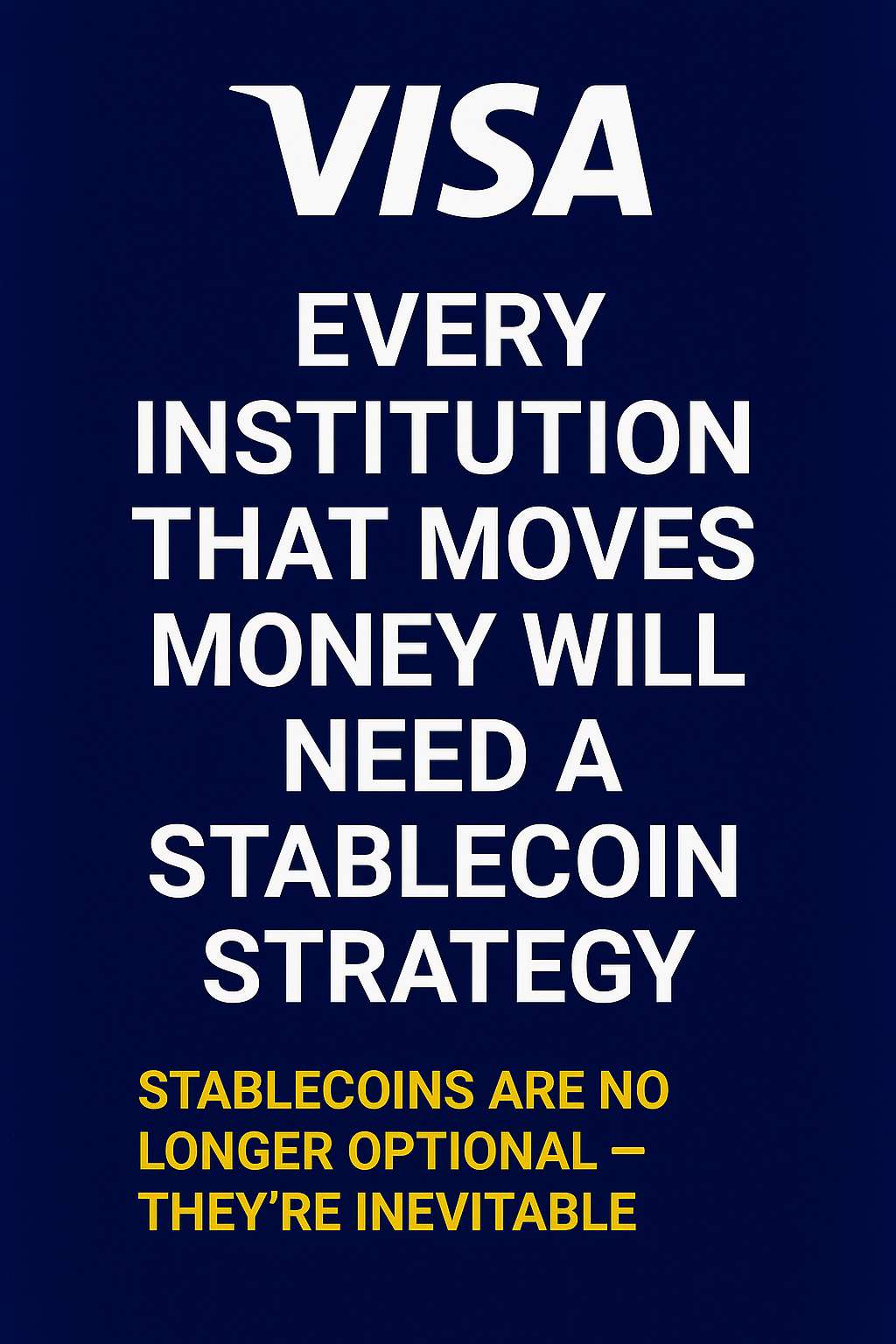isa, one of the world’s most influential financial infrastructure providers, has sent a powerful message to the global finance industry:
Stablecoins are no longer optional — they’re inevitable.
Speaking at a recent industry event, Visa’s Head of Crypto, Cuy Sheffield, stated that every institution involved in moving money will eventually need a stablecoin strategy, regardless of whether they’re banks, payment companies, fintechs, or even central banks.
This signals a fundamental shift in how mainstream finance views digital currencies.
Why Visa’s Statement Matters
For years, traditional financial institutions approached crypto with caution, often questioning its legitimacy. Now, one of the most trusted players in the global payments space is urging institutions to prepare for a stablecoin-integrated future.
Visa’s logic is clear:
- Stablecoins offer faster settlement, lower costs, and global reach
- They are programmable, interoperable with blockchains, and usable 24/7
- Regulatory frameworks (like MiCA, the GENIUS Act, and others) are giving them legal clarity
- Stablecoin infrastructure is maturing — with support from wallets, payment processors, and even card networks
The Strategic Shift
Visa has already taken steps toward this future:
- Partnering with Circle (USDC) to facilitate stablecoin payments
- Running pilot programs with stablecoin settlements via Ethereum and Solana
- Exploring merchant use cases, including cross-border transactions and treasury flows
The message is not just for crypto-native startups — it’s for traditional institutions that want to remain competitive in global finance.
What This Means for the Industry
This endorsement is likely to trigger:
- More banks building stablecoin-compatible infrastructure
- Greater institutional interest in fiat-backed, regulated stablecoins
- New partnerships between traditional payment firms and Web3 protocols
- A widening gap between institutions that adapt — and those that don’t
RateEx42 Takeaways
For investors, token builders, and analysts, here’s what to track:
✅ Does your token ecosystem integrate trusted stablecoins?
✅ Are your DeFi protocols or wallets compatible with Visa’s direction?
✅ Are your stablecoin partners regulated and institution-ready?
Projects aligned with the evolving payment rails will be the ones to benefit from capital flows, integrations, and partnerships in the years to come.
Final Thought
Visa isn’t speculating — it’s issuing a roadmap.
Stablecoins are no longer “crypto experiments.” They’re on the path to becoming core components of global payment infrastructure.
And in this race, the real winners will be those who build ahead of the shift — not behind it.



